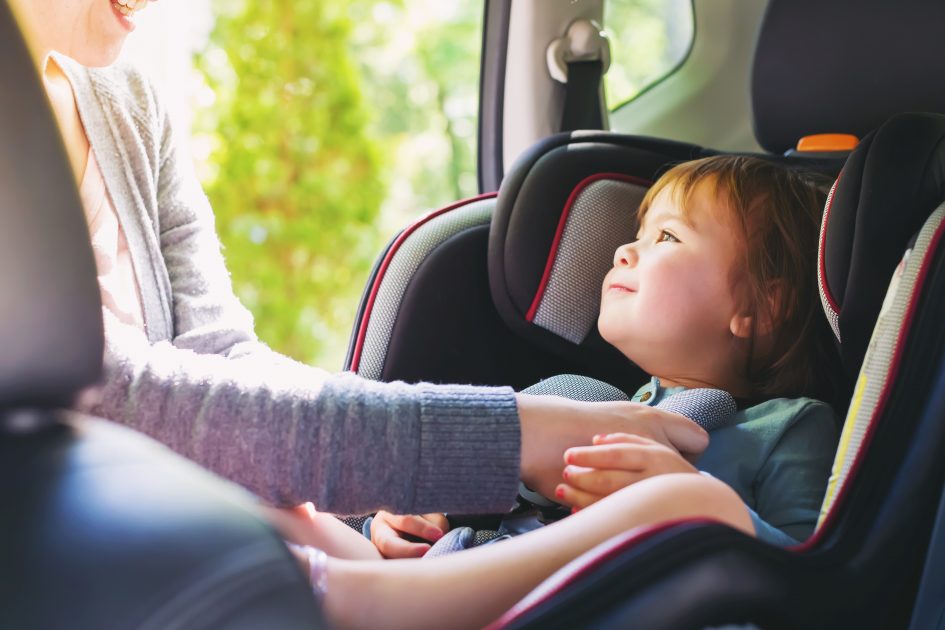Car crashes remain a leading cause of preventable death and injury to children worldwide. The best way to keep your child safe in the car is to use the right car seat in the correct way. Recent studies show three out of four car seats are not used or installed correctly. The average seat application has three errors. The two most frequent errors are 1) the seat is too loosely connected to the vehicle, and 2) the child is too loosely strapped into the car seat. Below are tips you can follow to protect your most precious cargo:
Top Five Tips for Car Seat Safety
- Use the correct car seat. The American Academy of Pediatrics recommends that all infants ride in a rear-facing car seat until they’re at least 2 years old.
- Don’t be in a hurry to up-size. Every step forward reduces safety somewhat. Use your current car seat until your child reaches the maximum weight or height listed on the label.
- Use your seat belt. In a crash, unsecured adults can severely harm a strapped-in child. Make sure EVERY passenger uses an appropriate restraint on EVERY trip. This includes a car seat, booster and/or seat belt. Make no exceptions for vacations, short car rides, etc.
- Installing your car seat. Decide on using either the seat belt or lower anchors to secure the car seat. Once your child is old enough to be forward-facing, it is important to use the tether with the seat belt or lower anchors.
- Make sure it fits. A properly fitted five-point harness provides the best possible protection. Its label will tell you the mandated weight and height range. Once your child outgrows the five-point harness, the adult seat belt will be used, with a belt-positioning booster seat.
Important Things to Remember
- Use the tether strap on EVERY forward-facing car seat.
- Use a booster seat until the vehicle’s seat belt fits an older child securely.
- Make sure the car seat is installed tight to the vehicle and the child’s straps are snug to the body without puffy coats.
- Children should ride in the back seat at least through age 12.
- Stay consistent. If your child complains about wearing seat belts, don’t start driving until they buckle up.
- Take advantage of car seat safety checks held nationwide during Child Passenger Safety Week.
Does Your Car Seat Measure Up?
Child Passenger Safety Week culminates with National Seat Check Saturday, Sept. 29, 2018. Certified child passenger safety technicians will be available at car seat events nationwide to provide safety tips and car seat installation instructions to parents and caregivers. Click here to find the location nearest you #carseatcheckupevents.
Sources:
https://www.safekids.org/events/field_type/check-event
https://www.nsc.org/road-safety/safety-topics/child-passenger-safety

